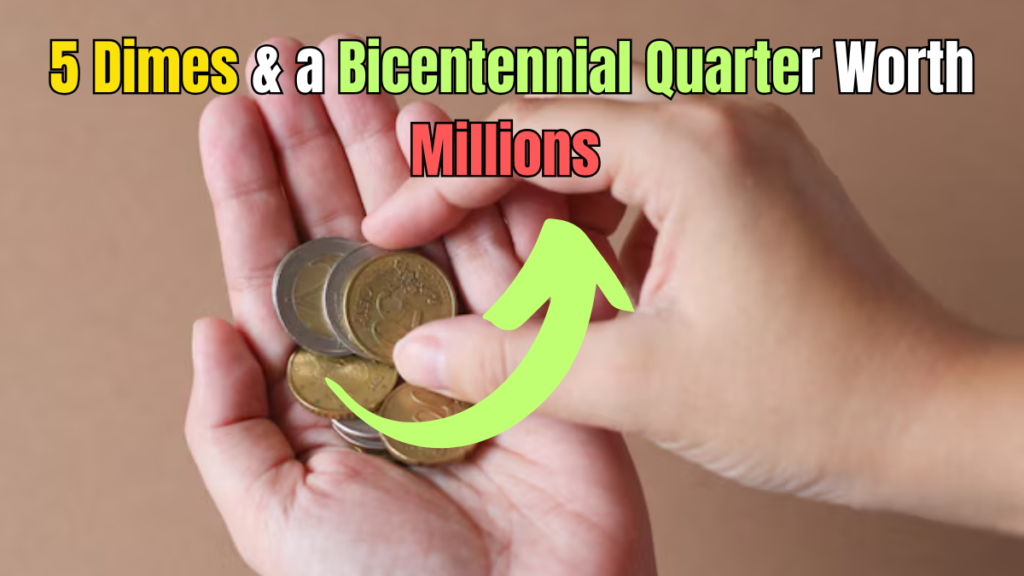
5 Kennedy Half Dollars That Could Make You Rich – Find Out Which Ones!
That Old Kennedy Half Dollar Could Make You Rich Overnight— Introduced in 1964 to honor President John F. Kennedy after...

$3,200 Social Security Payout on April 9 – Who Qualifies?
However, we could expect to receive payment on April 9 for Social Security retirement benefits, regardless of the type of...

Discover the Dimes That Could Make You Rich Overnight – Don’t Miss Out!
These Valuable Dimes Could Make You Rich Overnight— Many humans see dimes as just tiny coins that jingle in their...

6 Nickel Errors You Shouldn’t Ignore – You Won’t Believe Their Value
6 Nickel Mistakes to Avoid Many humans recognize the extra distinctive coins, like silver bucks or gold coins, once they...

$100 Stimulus Payments Coming in 2025 – Are You on the List of 111,000 Eligible? Check Payment Date
As the year 2025 begins, a new news is becoming increasingly viral on social media and the Internet—are 111,000 Americans...

The Lincoln Wheat Penny Valued at $50K, Still in Circulation
1955 Doubled Die Lincoln Cent: A Rare Coin That Can Make You a Millionaire If you are fond of collecting...

Lincoln Wheat Penny Worth $25 Million? Here’s How to Spot This Rare Coin!
Imagine a coin that looks so common that it can change your fortunes. One such rare coin is the Lincoln...

5 Dimes & a Bicentennial Quarter Worth Millions – How to Identify Them!
Did you know that some dimes and quarters can sell for millions? This may additionally marvel you; however, a few...

$1,000 Monthly Payments? New UBI Program Could Change Everything – Check If You Qualify!
$1,000 Monthly Payments: Imagine if every month you got $1,000 without any conditions. No need for a job, no need...